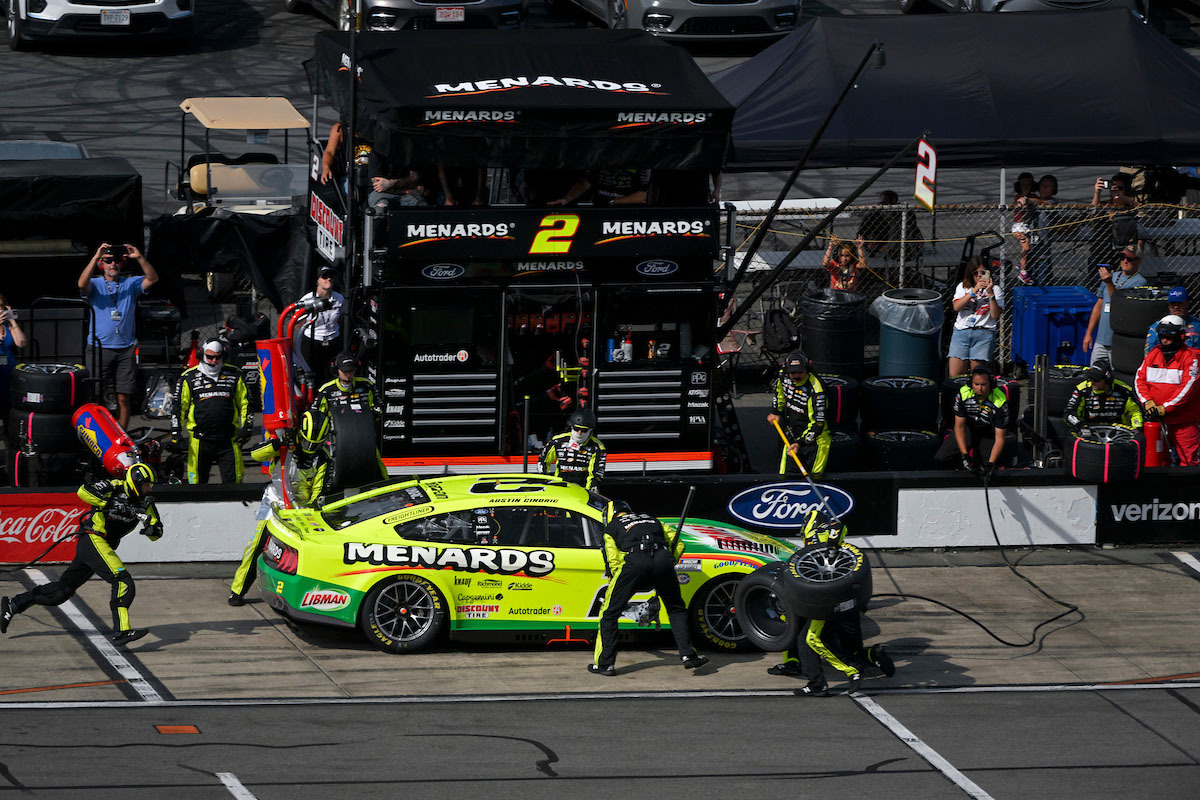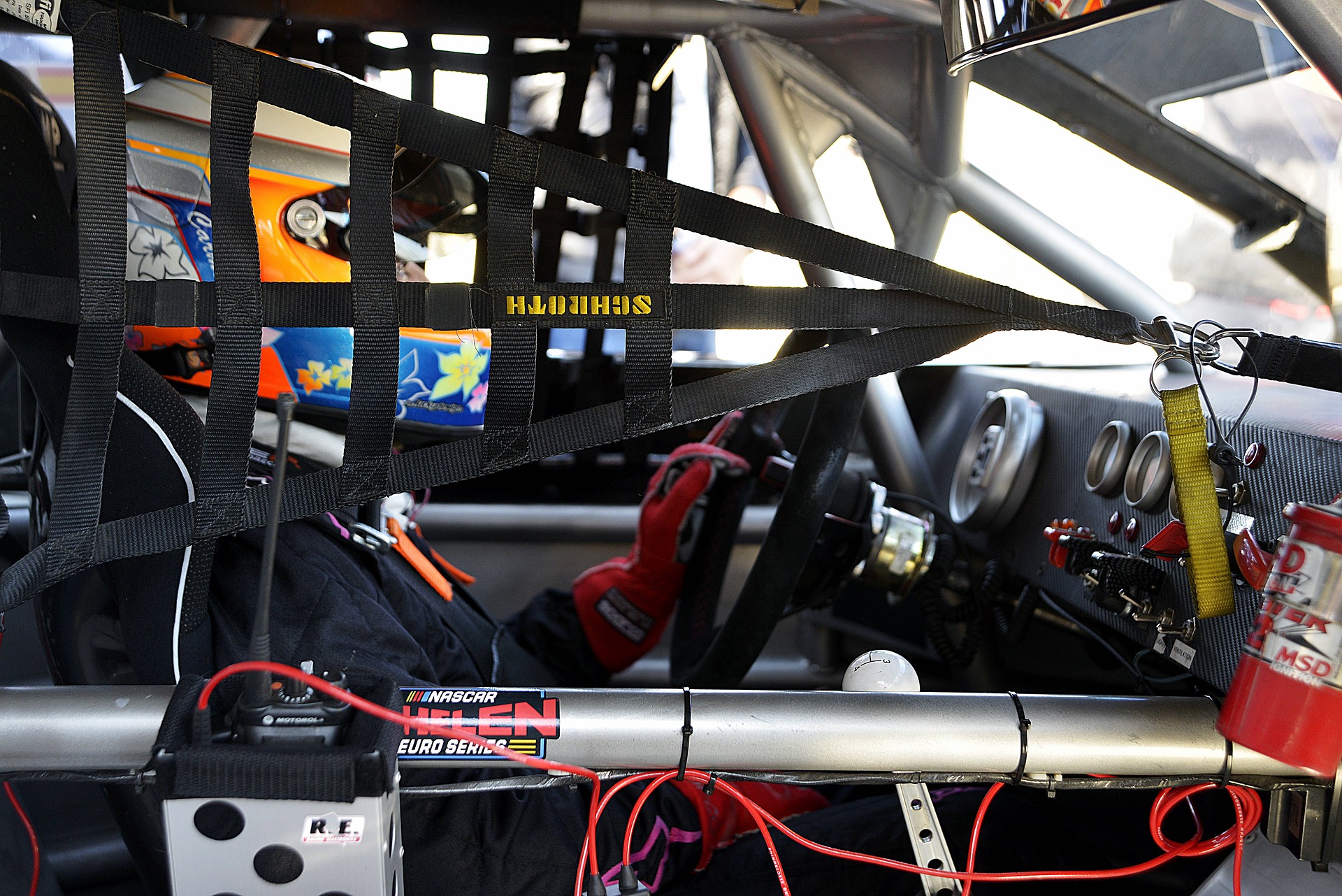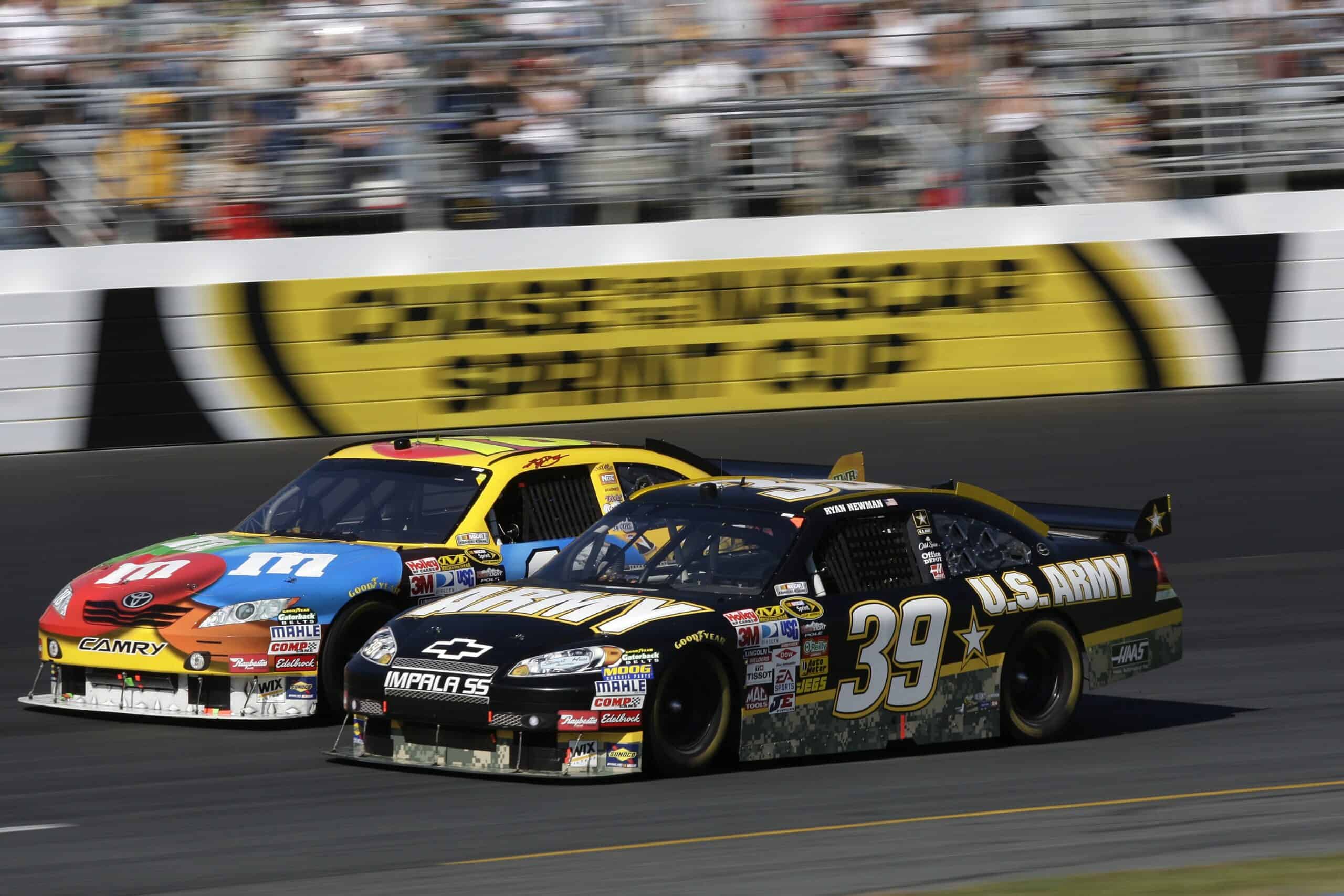Why Did NASCAR Implement Stages?
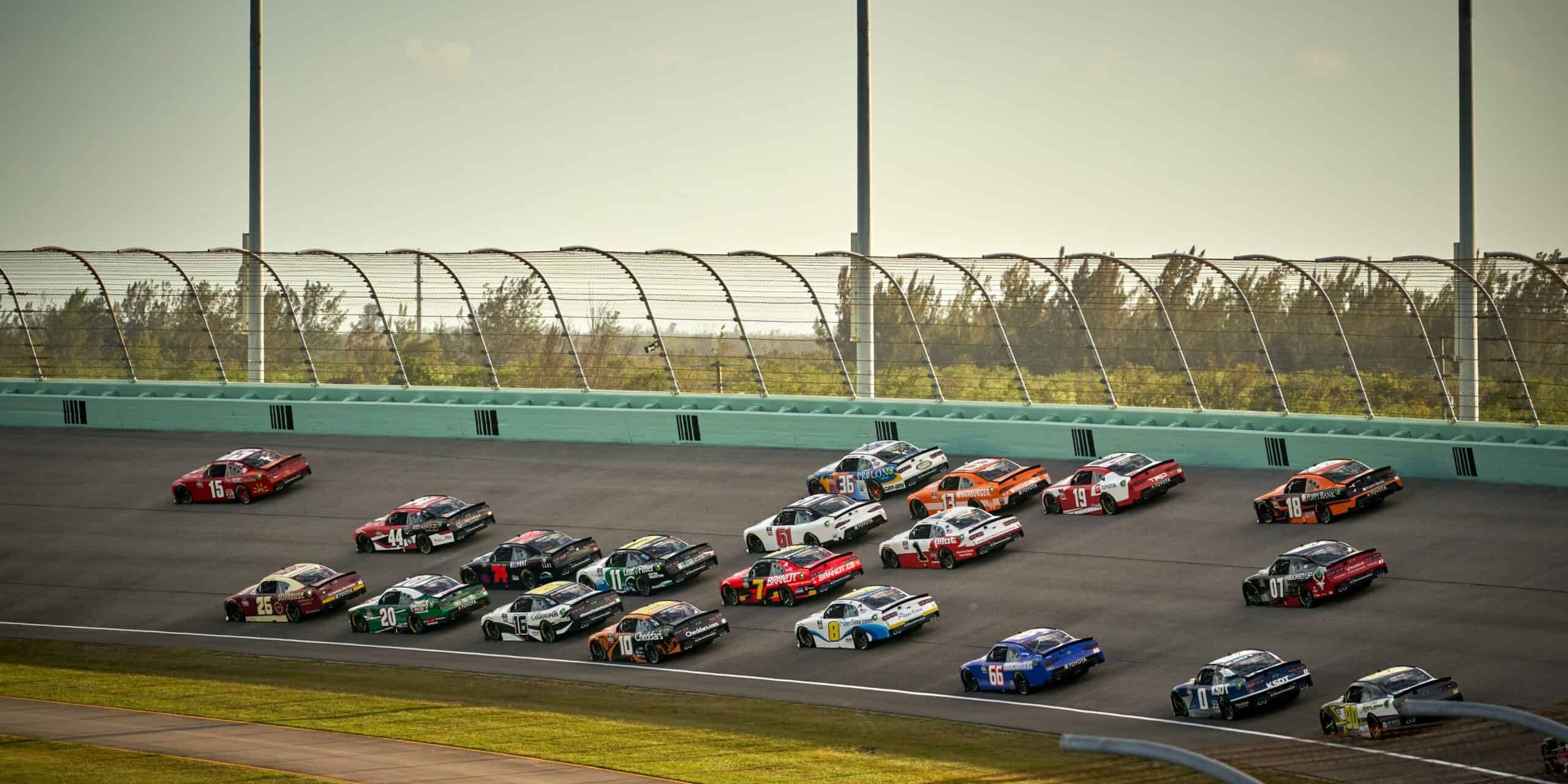
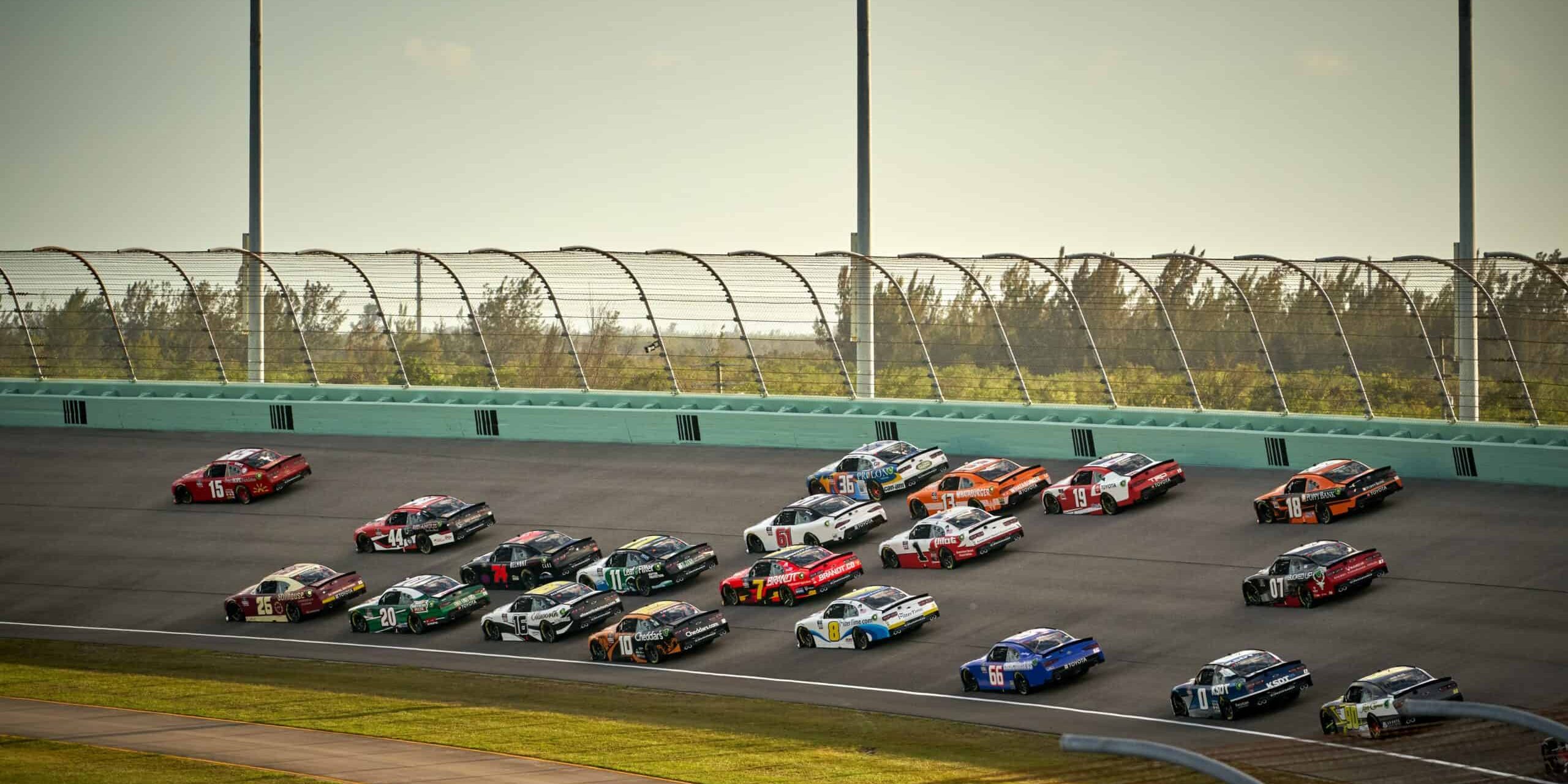
Although it has caused quite a controversy, stage racing is now a standard feature of NASCAR competition, and it’s something we all need to deal with.
When NASCAR races first began, there were no required interruptions during all of the action. So, for all those long-time NASCAR fans who don’t quite get the race these days, here’s your chance to get up to speed on why NASCAR implemented stages.
Initially, only on-track incidents resulted in raising the red flag. Because the sport intended to improve the broadcast product by introducing greater urgency during the middle sections of a race, all NASCAR races in the three major series feature stages. By placing in the top 10 at the end of the first and second stages of a race, drivers may now earn additional points.
Table of Contents
How Do the Stages Work in NASCAR?
The organization introduced Stage racing in 2017, hoping to increase excitement and provide teams with stage points. Now, you may wonder how stages increase the excitement of racing. Well, the reality is that there is a strong likelihood that a spectacular pass or a major accident will occur every time NASCAR green-flags a restart. Even if they occasionally occur naturally during the race, there are other moments when the chance isn’t there.
Furthermore, by vying for highly prized stage points, stages provided NASCAR drivers with additional motivation. These points were crucial because they determine how many points each driver receives after a race when they are added together.
At each stage, you also win awards you playoff points, which are added to your overall postseason score. Despite the fact that NASCAR races typically include three stages, the Coca-Cola 600 is the exception to the norm because of its extended distance. NASCAR typically divides the opening 60% of the race into the first two stages to determine stage length. The longest stage of the race is always the final one.
Stages Breakdown at Daytona 500
- Stage 1 is 65 laps long, starting at lap 1.
- 65 laps in Stage 2, from Lap 66 to Lap 130
- 70 laps in Stage 3, from Lap 131 to Lap 200
Depending on the course, the first stage can be anywhere from 25 to 30 percent of the race’s overall duration. Stage 3 is made up of whatever miles are left over after the initial two stages, which is typically about half of the race. The second stage also makes up 25 to 30 percent of the race.
Getting Stage Points in NASCAR?
Stage points for the top 10 drivers are awarded at the conclusion of stages 1 and 2. The winner and all other positions are decided in the third and final stage. It usually takes about 40 to 50 percent of the whole race’s duration, making it nearly invariably the longest stage. As soon as the green flag is raised and the cars accelerate, the final stage most closely mimics an authentic, vintage NASCAR race.
Stage winners and the overall race winner both get playoff points. Stage victories are worth one point, whereas race victories are worth five. If the driver is selected for the 16-car field, these playoff points are added to their overall point total at the start of the playoffs. The top 10 during regular season standings also receive a gradation of playoff points.
Each three-race playoff round is a crucial time to earn playoff points. The playoffs start better for drivers with a string of triumphs than those who have to work their way through the regular season with no wins. NASCAR’s equivalent of the home-field advantage found in other sports is playoff points.
Teams now occasionally risk with their pit strategy to increase stage points. To attempt to bank stage points up front, they frequently exchange inferior track positions on the subsequent restart. As the season continues, this is especially true for teams vying for postseason spots since they know that every point counts.
A crew chief can determine that after stage 1, a guaranteed 9 or 10 points outweighs the uncertainty of racing later in the pack. This bet occasionally pays off, but it can also have disastrous results. So, in a nutshell, stage racing has achieved what NASCAR anticipated: adding interest and strategy to the sport.
Stages are currently present in all NASCAR point races. This is true for the Truck Series, Xfinity, and the Cup Series, considered the top three tiers of NASCAR racing. The regular season point and playoff point systems are used for all three series; thus, each stage winner receives ten regular season points and one playoff point.
The Xfinity and Truck Series stage layouts are similar to those for the Cup Series. The final stage often accounts for between 40% and 50% of the entire distance, whereas the first and second stages typically make up roughly 25% to 30%.
Do All NASCAR Races have Stages?
The two events, the Busch Light Clash and the Duels at Daytona, are the only races in NASCAR that do not have stages. Every NASCAR season begins with an exhibition race called The Clash. A short track built within the Los Angeles Memorial Coliseum served as the venue for the 2022 competition. There were heat races to select the field for this race, but there were no stages for the main event.
The field for the Daytona 500 is determined by the two qualifying events known as the Daytona Duels. Based on the outcomes of the single-car qualifying event earlier in the week, half of the field competes in each. Stage racing is impossible in 150-mile races; therefore, NASCAR drivers complete all 60 laps without any pauses.
So, now that you know what and why stages were included in NASCAR, you can enjoy the sport better. For new fans of the sports, stages have been a welcome addition. However, the older lot might still reminisce about the old days prior to these additions.






